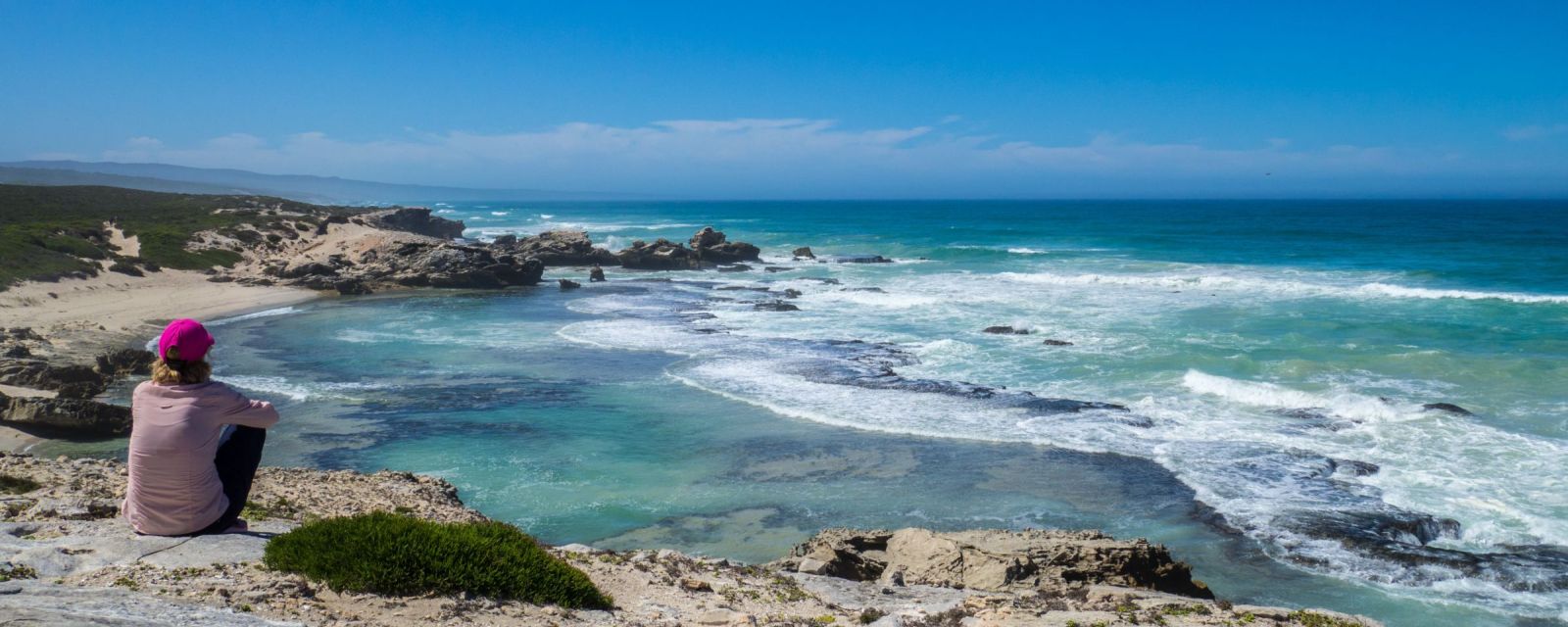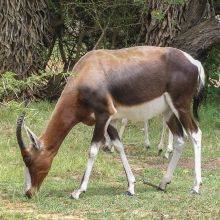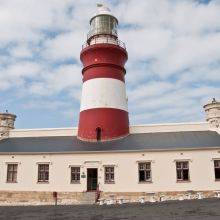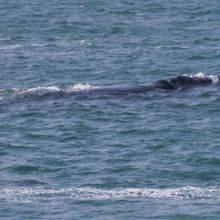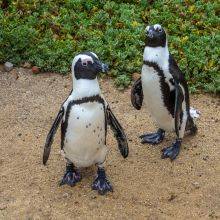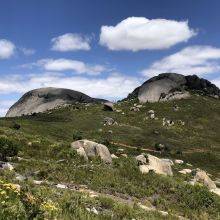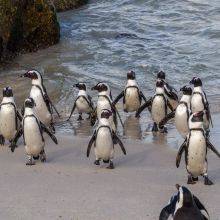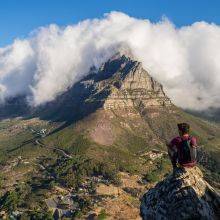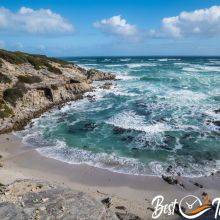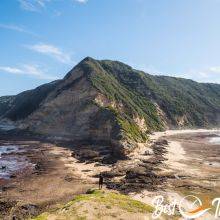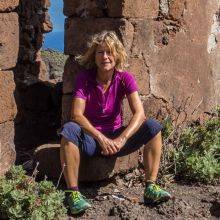When Is the Best Time
De Hoop Nature Reserve is rightly a World Heritage Site with all its beauty and spectacular pristine dunes on the southwestern coast of the Cape. The nature reserve was already proclaimed in 1957 and continuously extended by the further acquisition of land. Although only 1 1/2 hours south of the Garden Route located De Hoop is still a hidden gem.
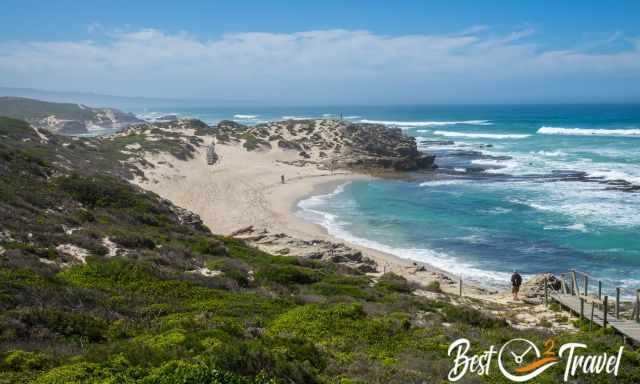
De Hoop was experimental wildlife conservation for rare and endangered species in the beginning. Today, it is a success. See my pictures below of what you are able to spot.
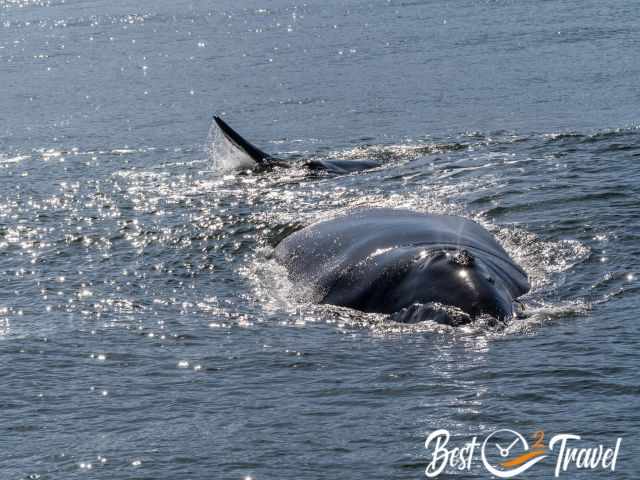
Do you like to explore the real beauty of Mother Nature, wildlife in abundance with spectacular ocean views without crowds? De Hoop Nature Reserve definitely deserves a spot on your bucket list if you visit Cape Town and the Garden Route in South Africa.
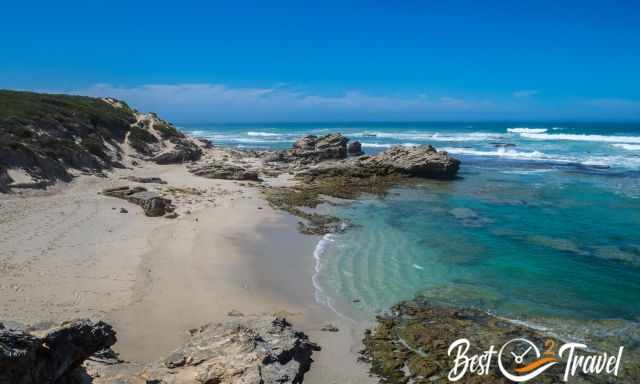
The best is that this reserve is fascinating, always offering exceptional experiences throughout the year. I will give you an overview of what to expect, which beaches and tide pools you shouldn't miss, and what wildlife and birds you may spot. One of the few destinations which are worth visiting throughout the year.
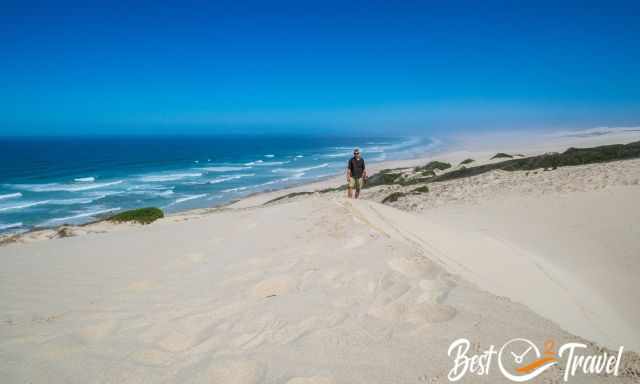
It is about 34,000 hectares in size and with different landscapes, such as large wetlands, grasslands and pristine dunes. These habitats are home to various animal species, so you can observe whales in the offshore bay and antelopes like elands and bonteboks, mountain zebras, baboons in the grassland and plenty of birds in the wetlands.
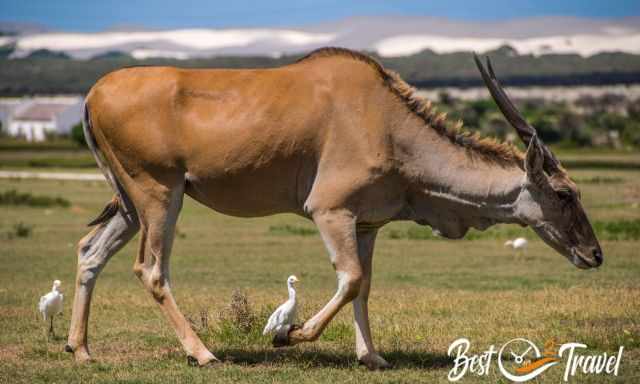
There are awesome hiking trails, which I describe in detail below. In the De Hoop reserve, you have the opportunity to discover up to 90 different mammal species, 250 bird species, 14 amphibian species and about 50 reptile species!
Seasonal Highlights
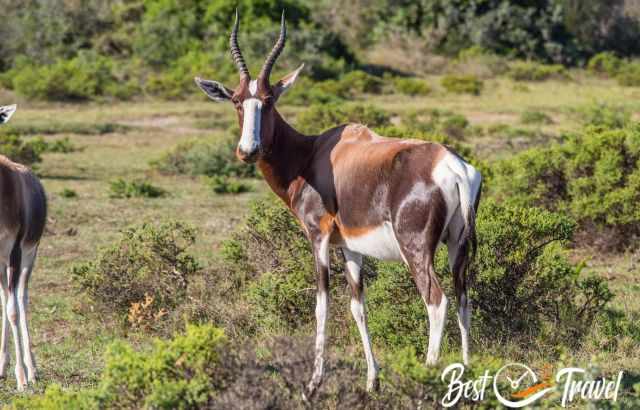
Whale Watching
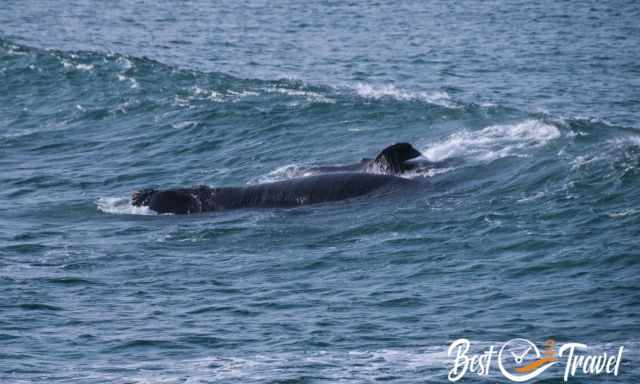
From July to October, Southern Right Whales and Humpbacks visit the shore, and it is one of the most important nurseries for Southern Right Whales. When walking along the "whale trail" coastal trail, you may even spot a mom and her calf close to the shore as we did.
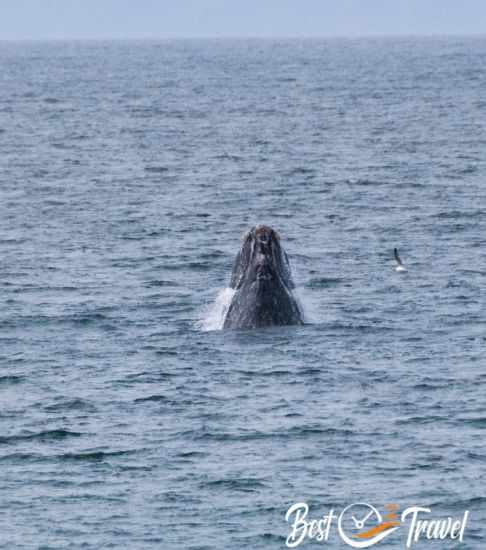
These majestic whales got their name "right whale" because they are slow moving and these whales were the right ones for hunting; because of their high-fat content, they floated on top of the water when harpooned. They can grow up to 17 meters and weigh 30-60 tons.
Swimming in Summer
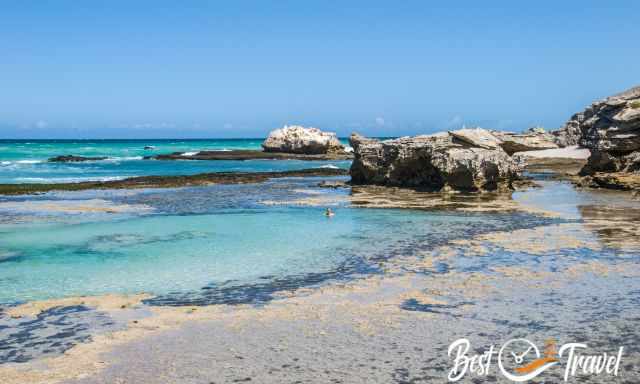
From November until March, it is excellent to take a bath or snorkel in the tide pools at low tide - Tide Times Cape Agulhas. Swimming is possible in these pools only, not in the open ocean because of strong currents.
Wildlife Viewing
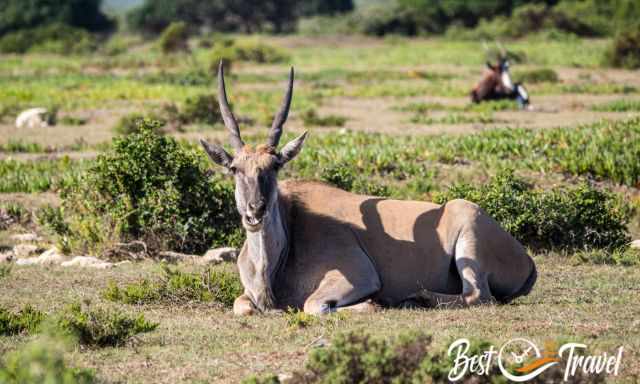
The game is more active in the winter and rain and is easier to spot. In the summer, they hide or rest in the shade.
Birding
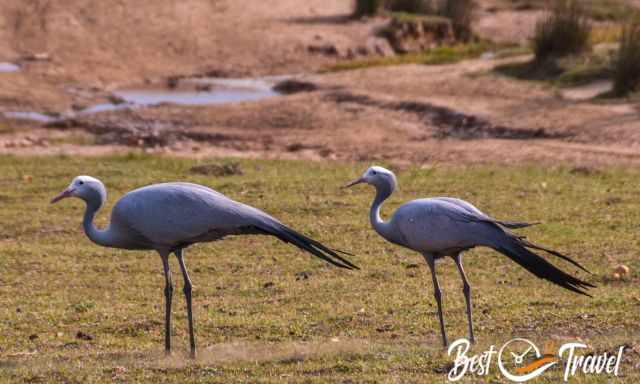
Over 260 bird species occur in the Dee Hoop Nature Reserve, mainly in the vlei, a significant wetland.
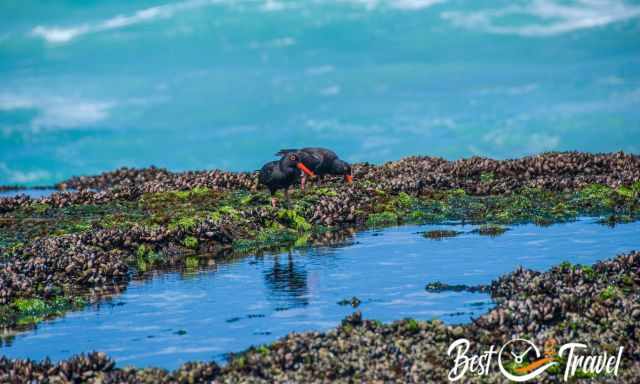
- Between September to March, you may spot breeding pairs of oystercatchers close to the sea. Summer is perfect for birding at the De Hoop Vlei.
- End of spring, roughly from October, migratory birds come to De Hoop until March or April.
- The Cape Vulture occurs in De Hoop in the Potberg section, the only place in South Africa. There were around 30 remaining cape vultures in the protected reserve. It took lots of effort, and it became a conservation success coming back from extinction to a number of about 150 vultures today.
- In spring (from September-October), flamingos may stop here during their migration.
Flower Season

September and October are the best months after the precipitation, the vegetation turns into a sea of flowers. About 50 endemic plants are found only here in De Hoop.
Climate Western Cape

Summer, roughly from November to March, is the time with little rainfall. The chance of increasing precipitation starts in May and lasts until September, with its peak in August. The Western Cape has a Mediterranean climate with hot summer and mild winter. Most precipitation occurs during wintertime, but it is not pouring for days.
Best Time for De Hoop
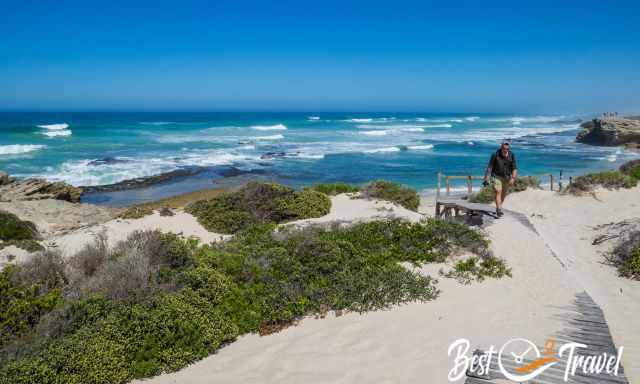
This is one of the few places in the world you can visit throughout the year, and you never get disappointed. I visited the reserve in all seasons; for me, the best time is September and October. It is the spring, not too cold any longer but also not scorching; it is the flower season, and best of all, you are able to spot plenty of whales from Cape Town to Hermanus. If you wish to escape the crowds in the high season around Cape Town this is the perfect spot.
De Hoop Opening Hours
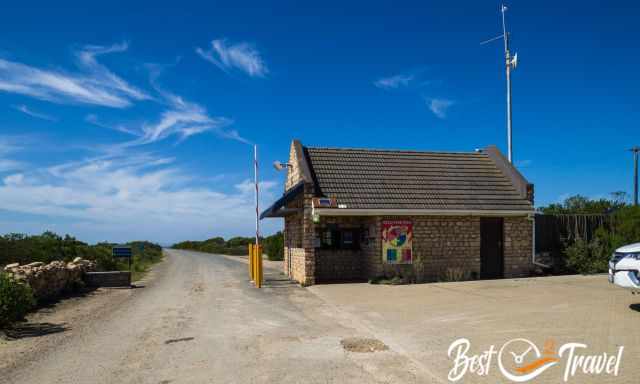
If you do not stay inside the reserve, you must leave the nature reserve with your vehicle before gate closure. After hours the gate is closed!
- Summer: 7 a.m. until 7 p.m.
- Winter: 7 a.m. until 6 p.m. - Fridays until 7 p.m.
Entrance Fee De Hoop
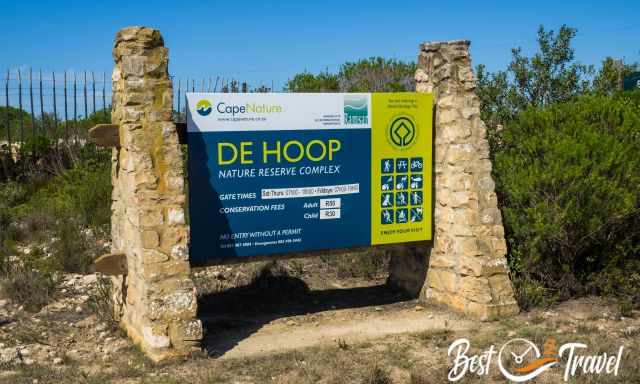
Although you can pay by credit card, I wouldn't count on it. The internet connection is poor therefore, always have cash available too. It happened to us on our recent visit, and a lovely couple helped us out with 50 Rand.
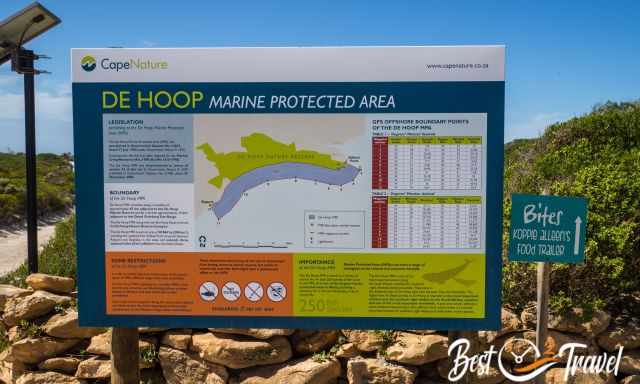
- Day ticket adults R50 - below 3€
- Day use children R 30
How to Get to De Hoop Nature Reserve
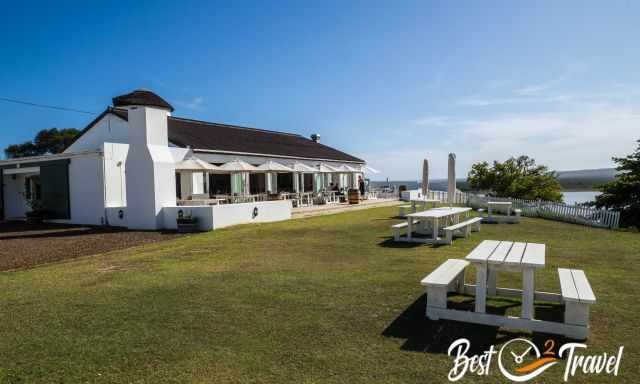
I highly recommend getting to De Hoop from Swelendamm if you do not plan to spend a night in the nature reserve. Google Maps Route - Why Swellendam? More guest houses and hotels are available in Swellendam (by booking.com); therefore, prices are affordable and excellent restaurants are also in this lovely town.
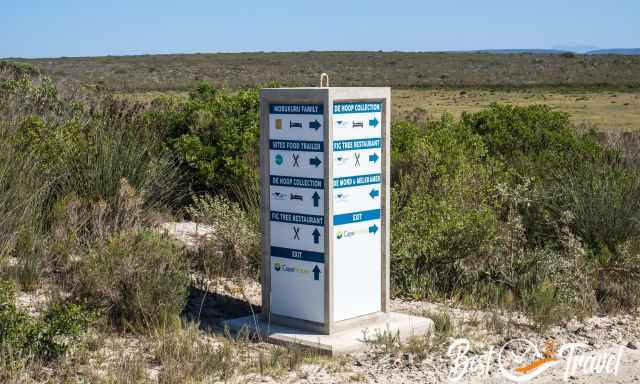
The journey leads along farmland, where you may spot the blue cranes in a high number. It is a gravel road until the parking just one short part is paved. You can't drive fast, so the return drive takes almost three hours, 60 km, roughly 1 1/2 hours one way.
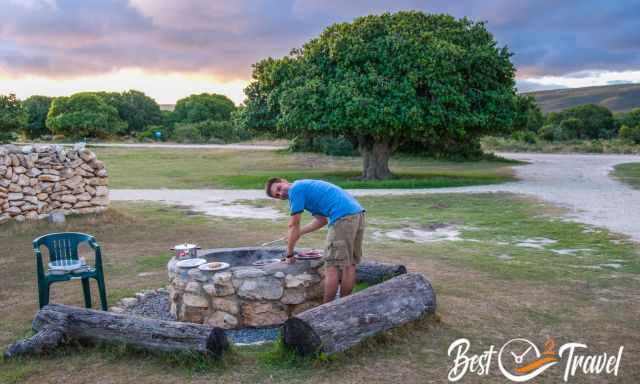
However, we have already spent several nights in one of the self-catering Cottages of the De Hoop Collection and hotel. This is the best way to experience De Hoop without the long and strenuous drive twice a day. I highly recommend at least two days in this exceptional park.

Top-notch is the luxury Morokuru Lodge, which is almost always fully booked but far above my imagination with the lowest rate of roughly R 17k, nearly 850 Euros for two for one night in the summer.
Parking De Hoop
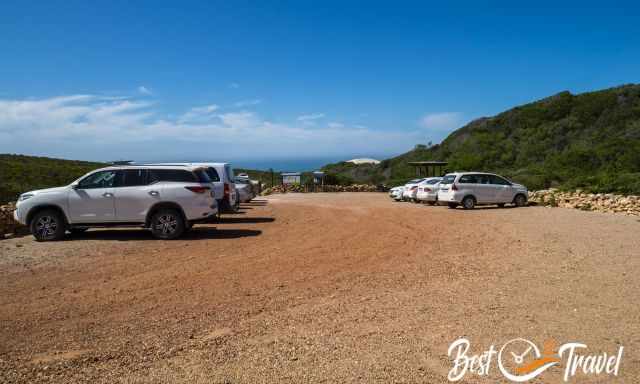
The parking was still the same size as in 2005 when we visited this beautiful Nature Reserve for the first time. The gravel road leads almost to the sea. It is just a short walk through the pristine dunes, and you reach the Indian Ocean.

Don't miss out on my first-timer's guide and learn all about the 12 Essential Insights for Your Vacation in South Africa.
More information about the De Hoop Nature Reserve, whales, wildlife and packing list below.
Packing List De Hoop Nature Reserve
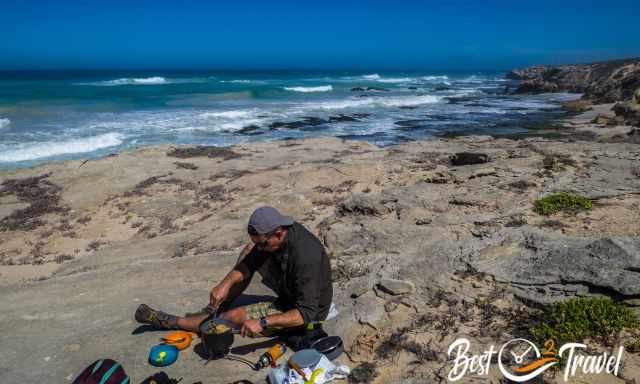
- Plenty of water and a snack. There is frequently a food stall at the picnic area, but it is not guaranteed due to the remote location.
- The sun is intense and bright; sunglasses and sunscreen for protection are a MUST! I use my special SPF 50+ sunscreen for exposed areas like my arms and face. I never got sunburnt since I used this cream.
- The wind on top of the dunes is often strong, you should take a buff and a windbreaker jacket.
- If you visit in the summer, bring your swimming gear.
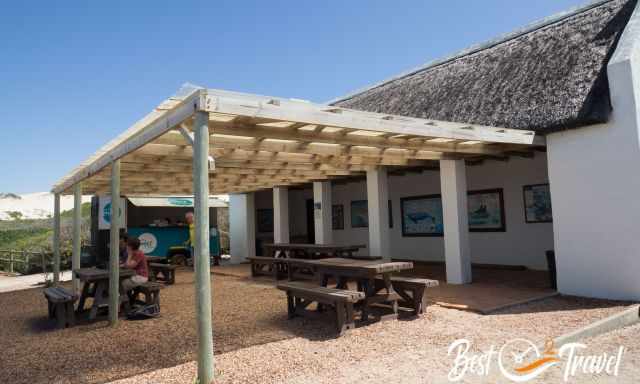
Best Months to Visit
Location and Tips

The De Hoop Nature Reserve is located 250 km southeast of Cape Town. It is situated between Mossel Bay and Cape Agulhas and is known among South African travellers to be the "Jewel of the Western Cape". De Hoop has two entrances the main one is the De Hoop, and the second is the Potberg entrance.
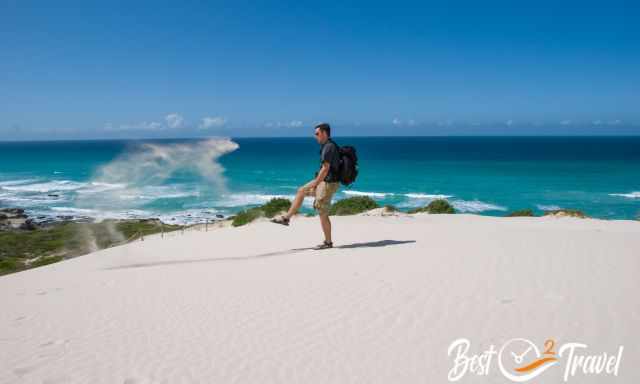
We have visited this breathtaking nature reserve multiple times since 2005 and are always astonished by this unique beauty. Thanks to the remote location and the poor road conditions to the reserve, it is still a hidden gem in South Africa.
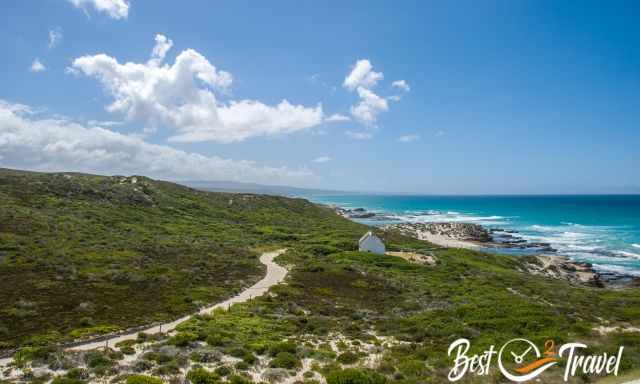
My biggest fear was and is that the gravel road would be paved one day. Consider a remote location means a poor cell phone connection, so digital detox is guaranteed. 😉
De Hoop Marine Reserve
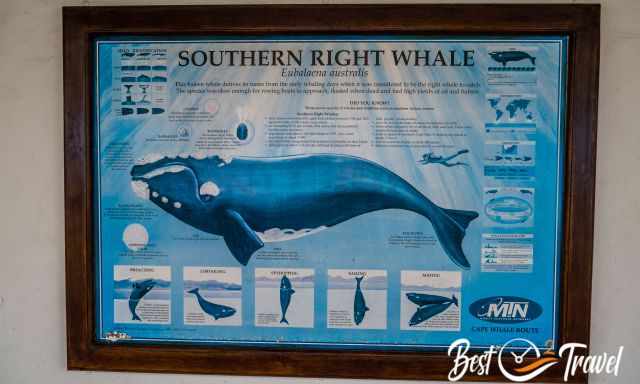
The 23000 ha large marine protected area was proclaimed in 1986 and extends about 5 km into the sea. It plays a vital role in the future of Southern Right Whales.
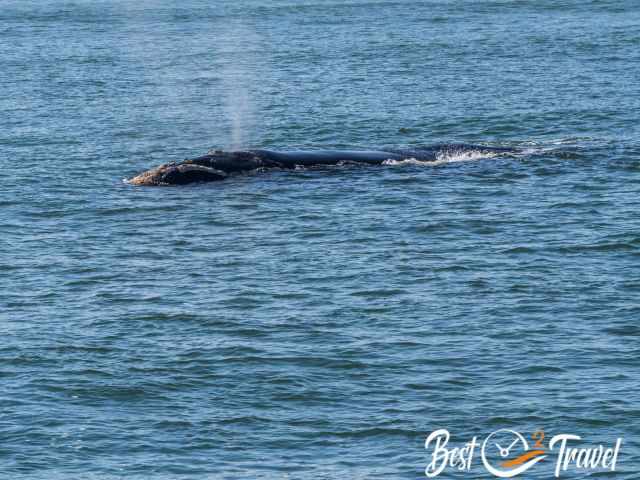
This is one of the most essential whale mating sites and breeding grounds for these specific whales migrating from the Arctic to South Africa.
De Hoop Dunes
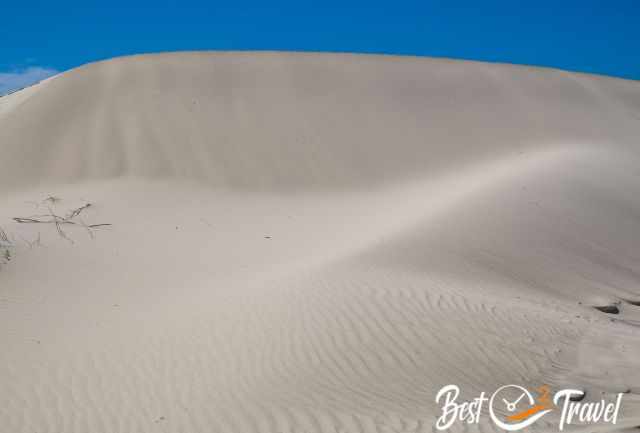
When reaching Koppie Alleen, you first get to the massive dune chain. Some of these shifting dunes are up to 90 m high and cover an area of about 1000 ha. The white dunes stretch for many kilometres along the coast of the Indian Ocean.
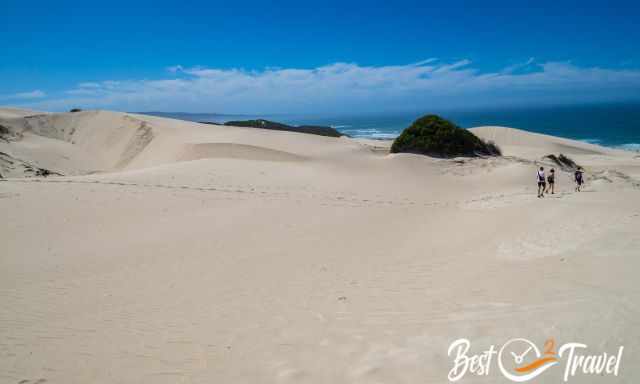
Climbing the dunes can be a bit strenuous; don't forget a bottle of water. After the ascent, you get rewarded with spectacular views to either side to the endless white beach and the turquoise-blue Indian Ocean. It is frequently windy on top, so protect your eyes from the fine sand.
De Hoop Vlei
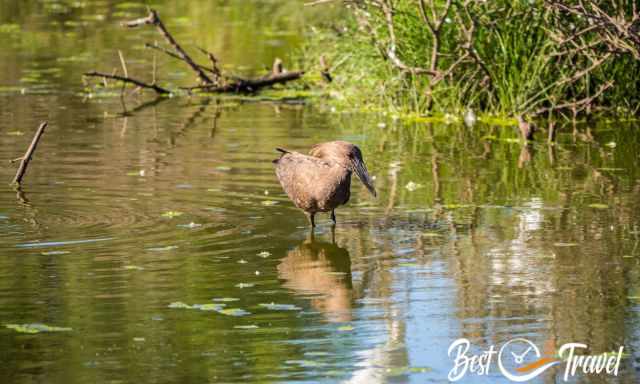
The vast wetland, the 14 km long "De Hoop Vlei", is on the reserve's west side. It is one of the largest brackish water lagoons in southern Africa. It provides a habitat for thousands of water birds, such as flamingos, pelicans, herons, Egyptian geese, Cape spoonbills, and yellow-billed ducks.

Due to climate change and droughts, the " lake " water level keeps dropping, so local conservationists fear that this habitat might disappear one day. If the level continues to decline, fewer birds will come here in the future. Besides the various water birds, you can also spot plenty of oystercatchers along the coastal path.
Wildlife - Game
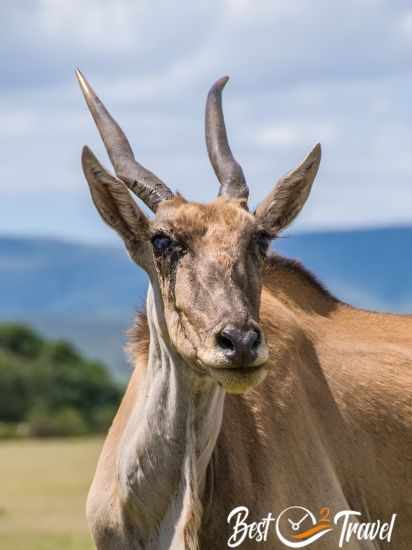
We haven't seen so many elands anywhere else in South Africa in any of the National Parks and Game Reserves than here. It took me half an hour slowly walking to get close to the Elands. Also, Cape mountain zebras and bonteboks are common in De Hoop.
Hiking in De Hoop
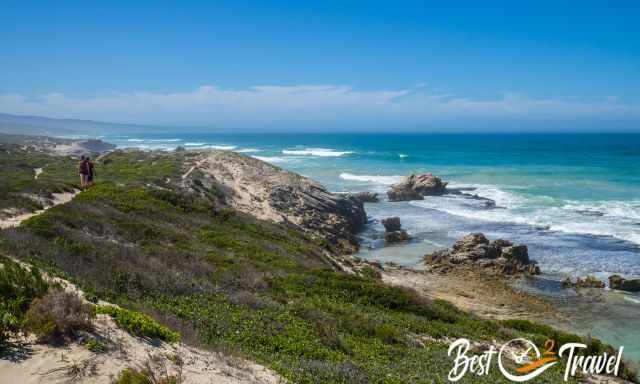
- From Koppie Alleen to the left:
Walking for hours along the whale trail in the opposite direction is incredible, and you'll discover different small beaches or even southern right whales, depending on the season. The famous multiple-day hike, the whale trail, is 55 km long and lasts five days. It is also a popular trail for South Africans - booking a permit far in advance is required. - From Koppie Alleen to the right:
You are able to walk from the Koppie Alleen Dunes on this breathtaking white sand and with your feet through the ocean for 8 km one way. - There are trails at the De Hoop Vlei to observe many bird species.
- Potberg, the second entrance, is another highlight in the reserve, with trails through this unique landscape.
Please contact me if you wish to use any of my photos, but I will take action against picture theft.
